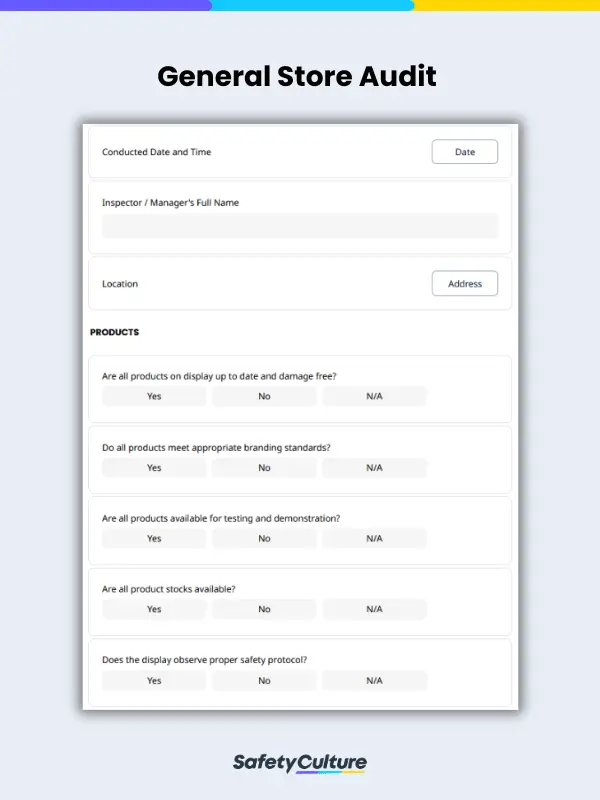What is Store Operations?
Store operations or retail operations is a functional term that refers to all essential activities that keep a store running smoothly everyday. Store managers are primarily responsible for ensuring that the store stays operational and profitable.
5 Critical Areas of Store Operations
Store operations involve various components that contribute to ensuring that functions run properly.
Store Design
This refers to the store’s overall look. As a store manager, providing an enjoyable shopping experience for the customers is one of the major parts of running a store. Providing customers with a good shopping experience can increase store profitability. Below are aspects of store design:
- Location – Choosing the right location is essential to a store’s success. Two things you will need to consider are visibility and customer traffic pattern. Better visibility can translate to better chances of your store earning profit. Furthermore, the location of your store not only affects profit, it can also affect consumer impressions.
- Layout – This refers to the exterior and interior design of your store. The layout design of your store can greatly influence your consumers’ buying decisions. Posting signages both outside and inside are good examples of a good store layout, as this helps customers navigate through your store.
- Visual merchandising and display – This refers to how you present your products on display. An organized and attractive display of your products increases the likelihood of customer purchase.
- Store atmosphere – A pleasing store atmosphere entails factors such as proper lighting, appropriate music, ventilation, helpful staff, and the consistent overall maintenance of your store. Creating a pleasant atmosphere will boost your chances of repeat business.
People Management
Critical to your business’ success is getting the right people to work in your store. Whether it be customer-facing or internal teams, store managers need to ensure that their staff is:
- Adequately sized and properly scheduled
- Qualified and driven
- Properly trained
- Matched to the best-fit roles
Store managers should regularly evaluate employees, and observe how they perform their duties, interact with customers, and follow safety regulations and store protocols. This will be essential in determining which employee needs more training, or deserves a promotion. It can also provide valuable insight on areas for improvement.
Inventory & Stock Management
One of the essential responsibilities in the store is managing stock and inventory. The goal is to ensure that there is always a sufficient amount of products available to meet the demands of the market while avoiding spoilage and overstocking. Store managers must keep track of inventory and stock to ensure that all merchandise is accounted for, indicating whether a product is damaged, discounted, or stolen to prevent loss of inventory and stock.
Customer Service
Customers are the biggest asset to any retail store, which is why the quality of customer service should be of the highest standard. Customer service is the term for how a store treats its customers. Excellent customer service increases sales, develops customer loyalty, and boosts store and product reputation. Store managers should give their staff the appropriate training on providing good customer service.
Safety and Security
Accidents and malicious acts are not uncommon for stores. There is probability for incidents such as shoplifting, burglary, power outage, and other events that can harm both the store and, worse, its staff and customers. There are plenty of risks involved in running a store, but most of these can be controlled by implementing proper safety and security measures. Performing checks before and after store operations can help mitigate incidents and increase accountability.
See how SafetyCulture is being used in the retail industry by Coles– an Australian supermarket giant:



